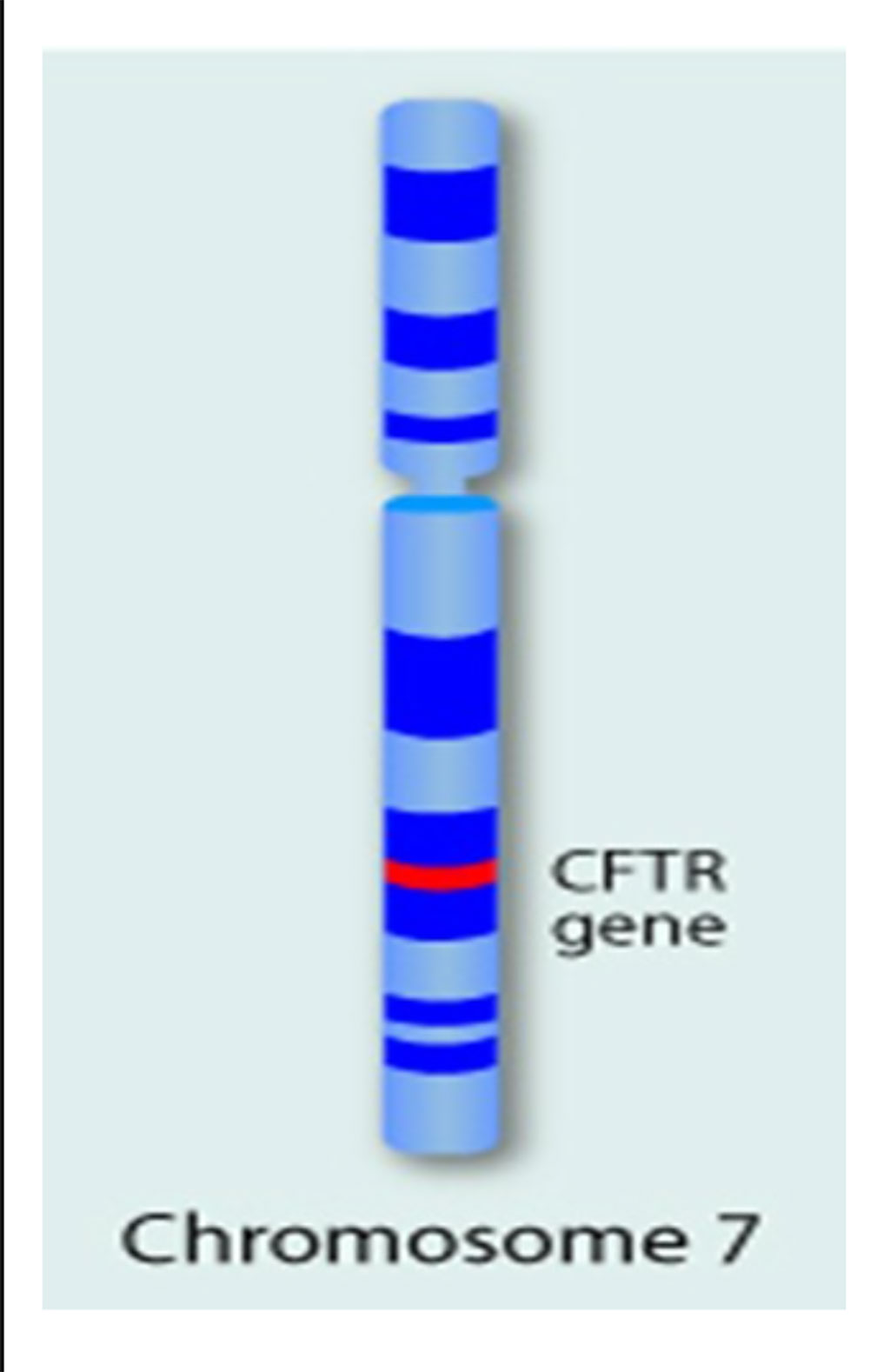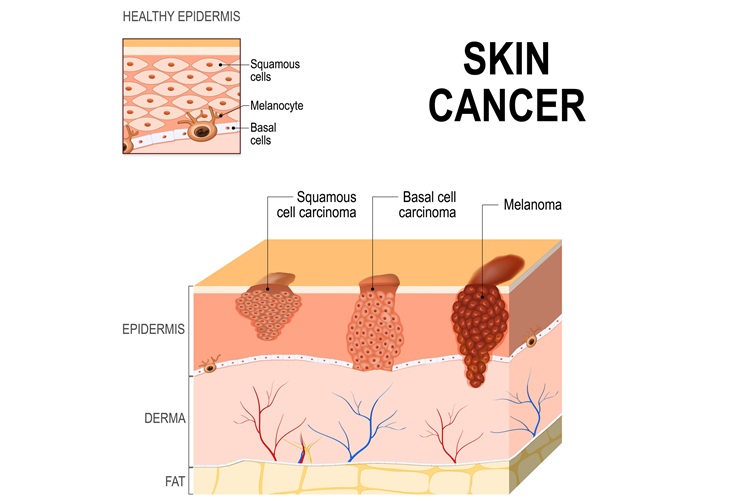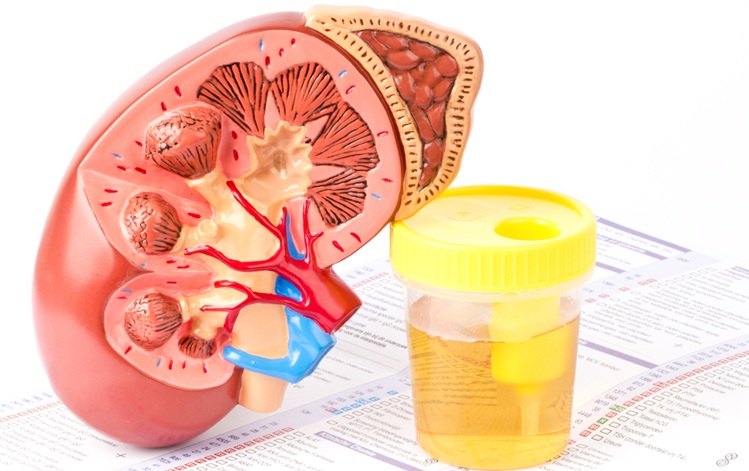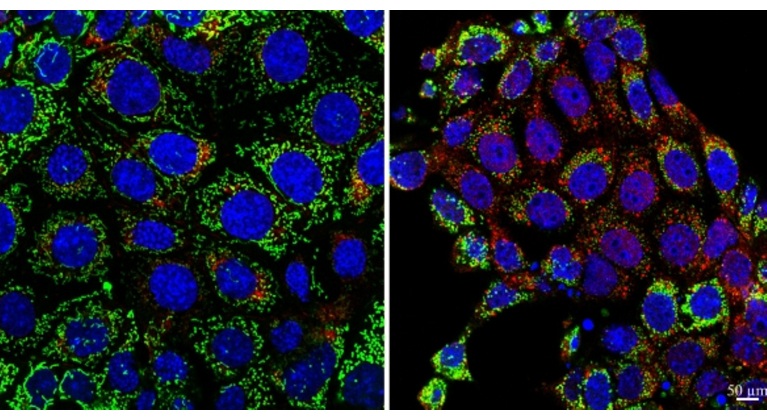Biomarkers Evaluated for Lung Disease Severity in Cystic Fibrosis
|
By LabMedica International staff writers Posted on 22 Jun 2020 |

Image: The single gene, Cystic Fibrosis Transmembrane Regulator (CFTR) gene is located on the long arm of chromosome 7, and its mutations cause CF (Photo courtesy of Daryl Isaac).
Cystic fibrosis (CF) is one of the most common life-shortening monogenic disorders amongst European-derived populations currently affecting more than 85,000 patients worldwide. The diagnosis of CF is based on consensus clinical and laboratory criteria.
To confirm a diagnosis of CF, it is necessary to obtain evidence of CF transmembrane conductance regulator (CFTR) dysfunction through the identification of two CFTR gene mutations in trans previously assigned as CF disease causing, and to perform tests showing high chloride concentration in sweat, distinctive transepithelial nasal potential difference (NPD) measurements and/or assessment of CFTR (dys)function in native colonic epithelia ex vivo.
An international team of medical laboratory scientists led by the University of Debrecen (Debrecen, Hungary) have reviewed the methods used to diagnose CF. Monitoring of pulmonary inflammation via peripheral blood biomarkers is the most common strategy that could be analytically standardized and is generally reproducible. The team summarized the utility of thus far studied blood-, sputum- and bronchoalveolar lavage (BAL)-based biomarkers to evaluate inflammatory conditions in the lung and to follow treatment efficacy in CF.
Serum or plasma C-reactive protein (CRP) concentrations as indicators of systemic inflammation in CF have been analyzed and found to be increased in CF. Higher baseline plasma CRP levels (≥5.2 mg/L) were found in adult CF patients who had a more severe disease and were at higher risk for pulmonary exacerbation (PEx). Similarly, serum CRP was among those individual biomarkers, which could effectively differentiate CF children for lung disease severity.
Airway disease is characterized by chronic infection and recurrent inflammation with neutrophil dominance in association with increased production of a number of pro-inflammatory cytokines, such as IL-6, IL-8 and tumor necrosis factor-α (TNF-α). Serum IL-6 separated CF subjects from normal individuals and showed a significant reduction during antibiotic therapy. Similarly, plasma IL-8 monitored antibiotic efficacy by 21 days and indicated the onset of early re-exacerbation. Higher plasma IL-6 and IL-8 concentrations at the time of exacerbation were associated with an increased risk for being a non-responder to antibiotics.
Activated neutrophils produce several proteins under inflammatory conditions, such as NE, myeloperoxidase (MPO), calprotectin, YKL-40, etc., which circulate at a high quantity in CF blood specimens. NE is a ‘destructive’ serine protease impacting extracellular matrix proteins that forms complexes with anti-proteases leading to neutrophil elastase-antiprotease complex (NE-APC). Plasma NE-APC was elevated in persons with CF versus non-CF controls. The effect of repeated antibiotic therapy was significant on serum MPO levels and was thus utilized in assessing therapeutic efficacy in PEx. Recent discovery of new protein (e.g. human epididymis protein) and RNA-based biomarkers, such as microRNAs may offer a higher efficacy, which in aggregate may be valuable to evaluate disease prognosis and to substantiate CF drug efficacy.
The authors concluded that the field of biomarker development is rapidly evolving whereby it is expected that various omics technologies will be utilized together with advanced bioinformatics algorithms in order to grasp the multisystem complexity of CF disease in various stages of its development. The study was published online on May 16, 2020 in the journal Clinica Chimica Acta.
Related Links:
University of Debrecen
To confirm a diagnosis of CF, it is necessary to obtain evidence of CF transmembrane conductance regulator (CFTR) dysfunction through the identification of two CFTR gene mutations in trans previously assigned as CF disease causing, and to perform tests showing high chloride concentration in sweat, distinctive transepithelial nasal potential difference (NPD) measurements and/or assessment of CFTR (dys)function in native colonic epithelia ex vivo.
An international team of medical laboratory scientists led by the University of Debrecen (Debrecen, Hungary) have reviewed the methods used to diagnose CF. Monitoring of pulmonary inflammation via peripheral blood biomarkers is the most common strategy that could be analytically standardized and is generally reproducible. The team summarized the utility of thus far studied blood-, sputum- and bronchoalveolar lavage (BAL)-based biomarkers to evaluate inflammatory conditions in the lung and to follow treatment efficacy in CF.
Serum or plasma C-reactive protein (CRP) concentrations as indicators of systemic inflammation in CF have been analyzed and found to be increased in CF. Higher baseline plasma CRP levels (≥5.2 mg/L) were found in adult CF patients who had a more severe disease and were at higher risk for pulmonary exacerbation (PEx). Similarly, serum CRP was among those individual biomarkers, which could effectively differentiate CF children for lung disease severity.
Airway disease is characterized by chronic infection and recurrent inflammation with neutrophil dominance in association with increased production of a number of pro-inflammatory cytokines, such as IL-6, IL-8 and tumor necrosis factor-α (TNF-α). Serum IL-6 separated CF subjects from normal individuals and showed a significant reduction during antibiotic therapy. Similarly, plasma IL-8 monitored antibiotic efficacy by 21 days and indicated the onset of early re-exacerbation. Higher plasma IL-6 and IL-8 concentrations at the time of exacerbation were associated with an increased risk for being a non-responder to antibiotics.
Activated neutrophils produce several proteins under inflammatory conditions, such as NE, myeloperoxidase (MPO), calprotectin, YKL-40, etc., which circulate at a high quantity in CF blood specimens. NE is a ‘destructive’ serine protease impacting extracellular matrix proteins that forms complexes with anti-proteases leading to neutrophil elastase-antiprotease complex (NE-APC). Plasma NE-APC was elevated in persons with CF versus non-CF controls. The effect of repeated antibiotic therapy was significant on serum MPO levels and was thus utilized in assessing therapeutic efficacy in PEx. Recent discovery of new protein (e.g. human epididymis protein) and RNA-based biomarkers, such as microRNAs may offer a higher efficacy, which in aggregate may be valuable to evaluate disease prognosis and to substantiate CF drug efficacy.
The authors concluded that the field of biomarker development is rapidly evolving whereby it is expected that various omics technologies will be utilized together with advanced bioinformatics algorithms in order to grasp the multisystem complexity of CF disease in various stages of its development. The study was published online on May 16, 2020 in the journal Clinica Chimica Acta.
Related Links:
University of Debrecen
Latest Clinical Chem. News
- VOCs Show Promise for Early Multi-Cancer Detection
- Portable Raman Spectroscopy Offers Cost-Effective Kidney Disease Diagnosis at POC
- Gold Nanoparticles to Improve Accuracy of Ovarian Cancer Diagnosis
- Simultaneous Cell Isolation Technology Improves Cancer Diagnostic Accuracy
- Simple Non-Invasive Hair-Based Test Could Speed ALS Diagnosis
- Paper Strip Saliva Test Detects Elevated Uric Acid Levels Without Blood Draws
- Prostate Cancer Markers Based on Chemical Make-Up of Calcifications to Speed Up Detection
- Breath Test Could Help Detect Blood Cancers
- ML-Powered Gas Sensors to Detect Pathogens and AMR at POC
- Saliva-Based Cancer Detection Technology Eliminates Need for Complex Sample Preparation
- Skin Swabs Could Detect Parkinson’s Years Before Symptoms Appear
- New Clinical Chemistry Analyzer Designed to Meet Growing Demands of Modern Labs

- New Reference Measurement Procedure Standardizes Nucleic Acid Amplification Test Results
- Pen-Like Tool Quickly and Non-Invasively Detects Opioids from Skin
- Simple Urine Test Could Detect Multiple Cancers at Early Stage
- Earwax Test Accurately Detects Parkinson’s by Identifying Odor Molecules
Channels
Molecular Diagnostics
view channel
Genomic Test Could Reduce Lymph Node Biopsy Surgery in Melanoma Patients
Accurately determining whether melanoma has spread to the lymph nodes is crucial for guiding treatment decisions, yet the standard procedure—sentinel lymph node biopsy—remains invasive, costly, and unnecessary... Read more
Urine Test Could Replace Painful Kidney Biopsies for Lupus Patients
Lupus is an autoimmune disorder that causes the immune system to attack the body’s own tissues and organs. Among the five million people living with lupus globally, nearly half develop lupus nephritis,... Read more
Blood Test Guides Post-Surgical Immunotherapy for Muscle-Invasive Bladder Cancer
After surgery for muscle-invasive bladder cancer, many patients face uncertainty about whether residual cancer cells remain in their bodies. Now, a new international phase 3 study has demonstrated that... Read more
Mitochondrial DNA Mutations from Kidney Stressors Could Predict Future Organ Decline
Kidney-related diseases are alarmingly common: chronic kidney disease (CKD) affects more than one in seven U.S. adults, while about 20% of hospitalized adults are diagnosed with acute kidney injury (AKI).... Read moreHematology
view channel
Viscoelastic Testing Could Improve Treatment of Maternal Hemorrhage
Postpartum hemorrhage, severe bleeding after childbirth, remains one of the leading causes of maternal mortality worldwide, yet many of these deaths are preventable. Standard care can be hindered by delays... Read more
Pioneering Model Measures Radiation Exposure in Blood for Precise Cancer Treatments
Scientists have long focused on protecting organs near tumors during radiotherapy, but blood — a vital, circulating tissue — has largely been excluded from dose calculations. Each blood cell passing through... Read more
Platelets Could Improve Early and Minimally Invasive Detection of Cancer
Platelets are widely recognized for their role in blood clotting and scab formation, but they also play a crucial role in immune defense by detecting pathogens and recruiting immune cells.... Read more
Portable and Disposable Device Obtains Platelet-Rich Plasma Without Complex Equipment
Platelet-rich plasma (PRP) plays a crucial role in regenerative medicine due to its ability to accelerate healing and repair tissue. However, obtaining PRP traditionally requires expensive centrifugation... Read moreImmunology
view channel
Blood-Based Liquid Biopsy Model Analyzes Immunotherapy Effectiveness
Immunotherapy has revolutionized cancer care by harnessing the immune system to fight tumors, yet predicting who will benefit remains a major challenge. Many patients undergo costly and taxing treatment... Read more
Signature Genes Predict T-Cell Expansion in Cancer Immunotherapy
Modern cancer immunotherapies rely on the ability of CD8⁺ T cells to rapidly multiply within tumors, generating the immune force needed to eliminate cancer cells. However, the biological triggers behind... Read moreMicrobiology
view channel
Fast Noninvasive Bedside Test Uses Sugar Fingerprint to Detect Fungal Infections
Candida bloodstream infections are a growing global health threat, causing an estimated 6 million cases and 3.8 million deaths annually. Hospitals are particularly vulnerable, as weakened patients after... Read more
Rapid Sepsis Diagnostic Device to Enable Personalized Critical Care for ICU Patients
Sepsis is a life-threatening condition that occurs when the body’s response to infection spirals out of control, damaging organs and leading to critical illness. Patients often arrive at intensive care... Read morePathology
view channel
Tears Offer Noninvasive Alternative for Diagnosing Neurodegenerative Diseases
Diagnosing and monitoring eye and neurodegenerative diseases often requires invasive procedures to access ocular fluids. Ocular fluids like aqueous humor and vitreous humor contain valuable molecular information... Read more
AI-Powered Method Combines Blood Data to Accurately Measure Biological Age
Chronological age tells us how many years we’ve lived, but not how quickly our bodies are ageing. Some people stay healthy well into their 80s or 90s, while others experience decline much earlier.... Read moreTechnology
view channel
Embedded GPU Platform Enables Rapid Blood Profiling for POC Diagnostics
Blood tests remain a cornerstone of medical diagnostics, but traditional imaging and analysis methods can be slow, costly, and reliant on dyes or contrast agents. Now, scientists have developed a real-time,... Read more
Viral Biosensor Test Simultaneously Detects Hepatitis and HIV
Globally, over 300 million people live with Hepatitis B and C, and 40 million with HIV, according to WHO estimates. Diagnosing bloodborne viruses such as HIV and Hepatitis B and C remains challenging in... Read moreIndustry
view channel
Advanced Instruments Merged Under Nova Biomedical Name
Advanced Instruments (Norwood, MA, USA) and Nova Biomedical (Waltham, MA, USA) are now officially doing business under a single, unified brand. This transformation is expected to deliver greater value... Read more



















